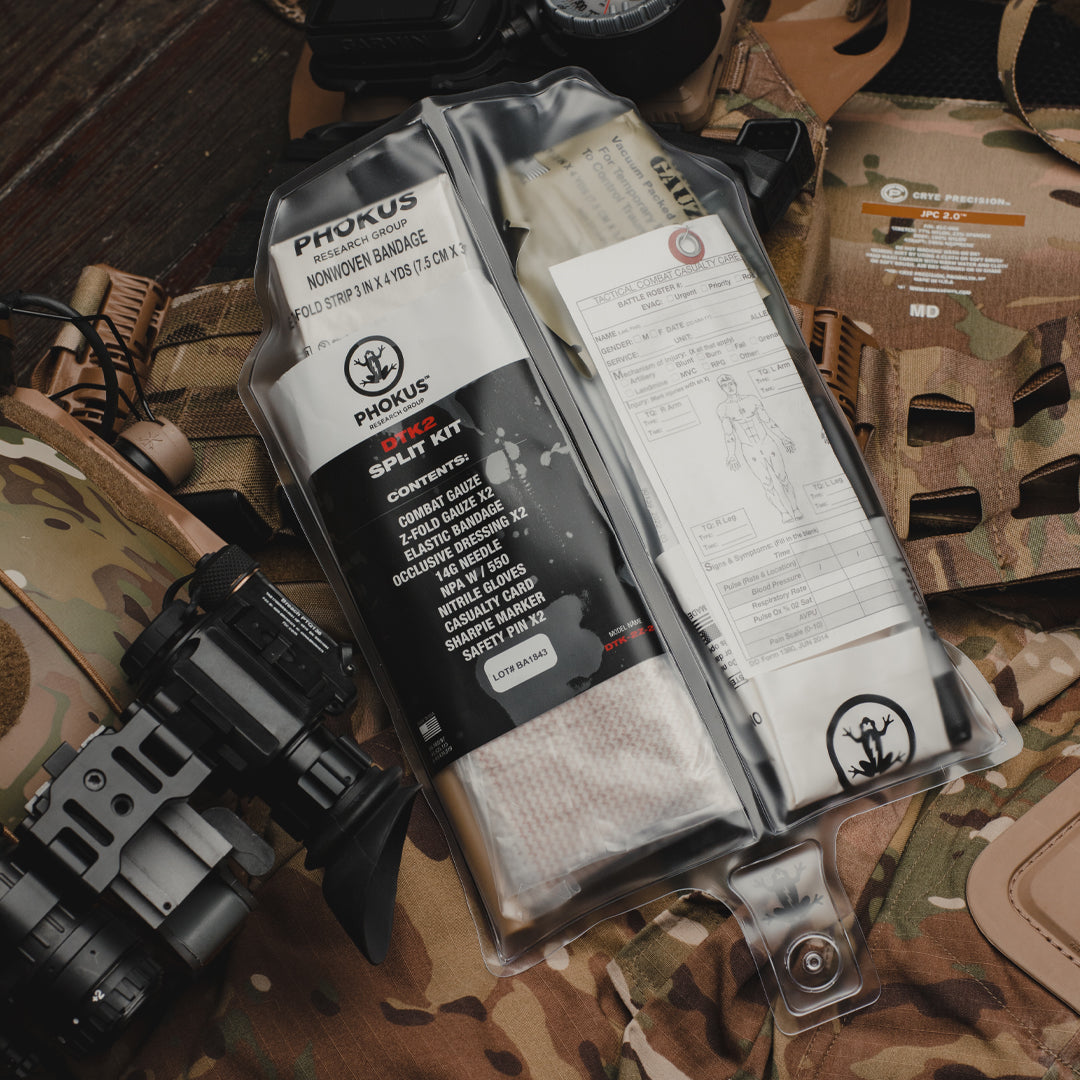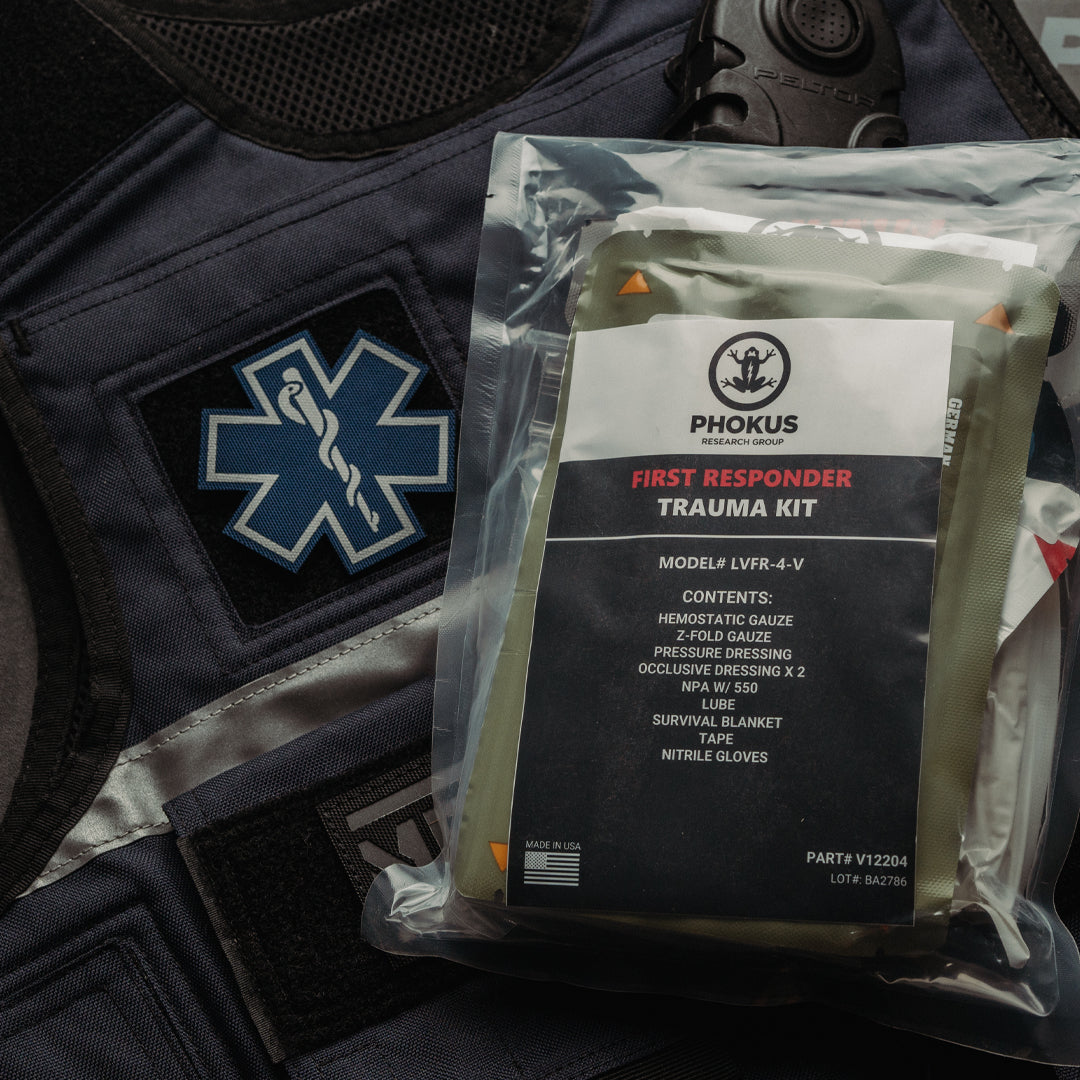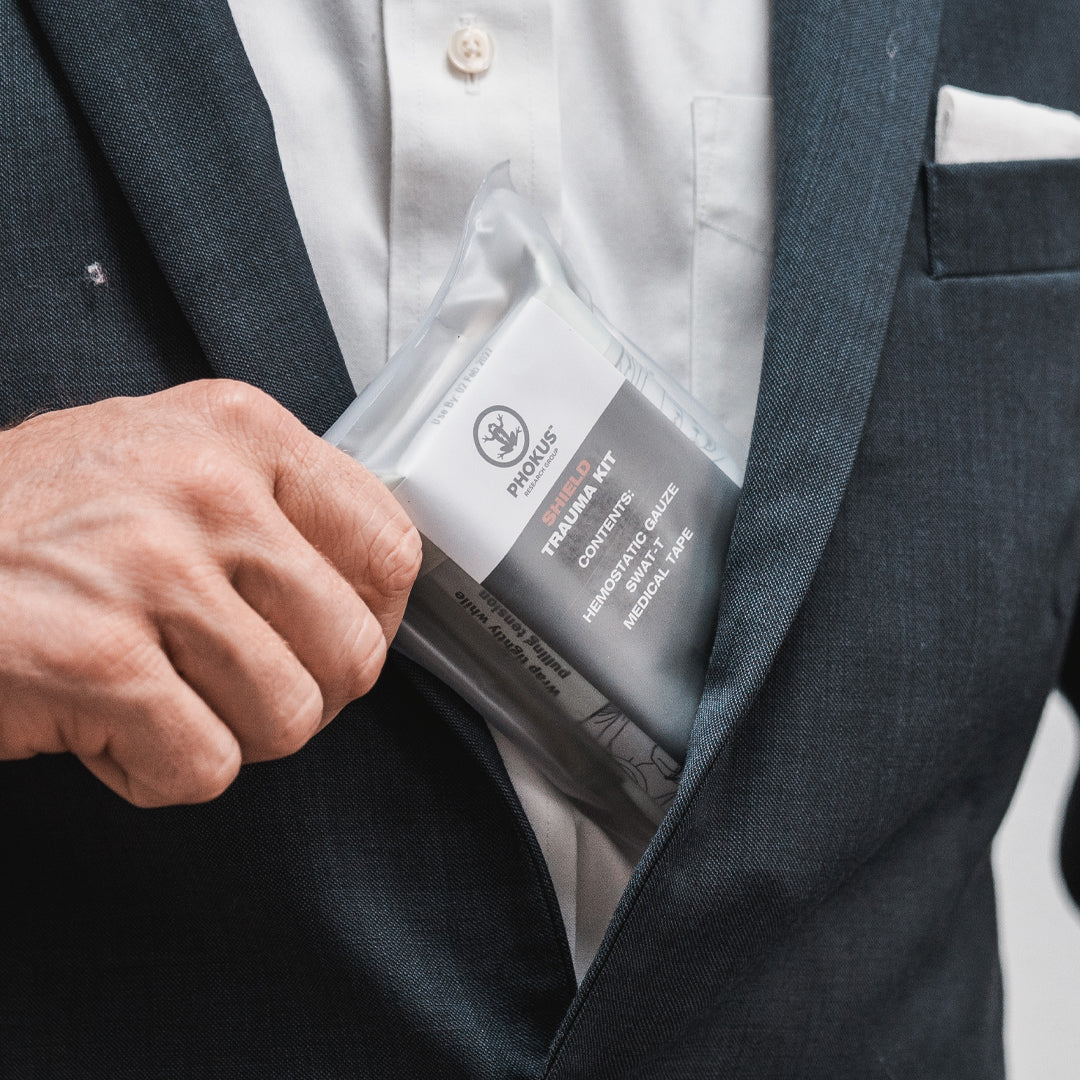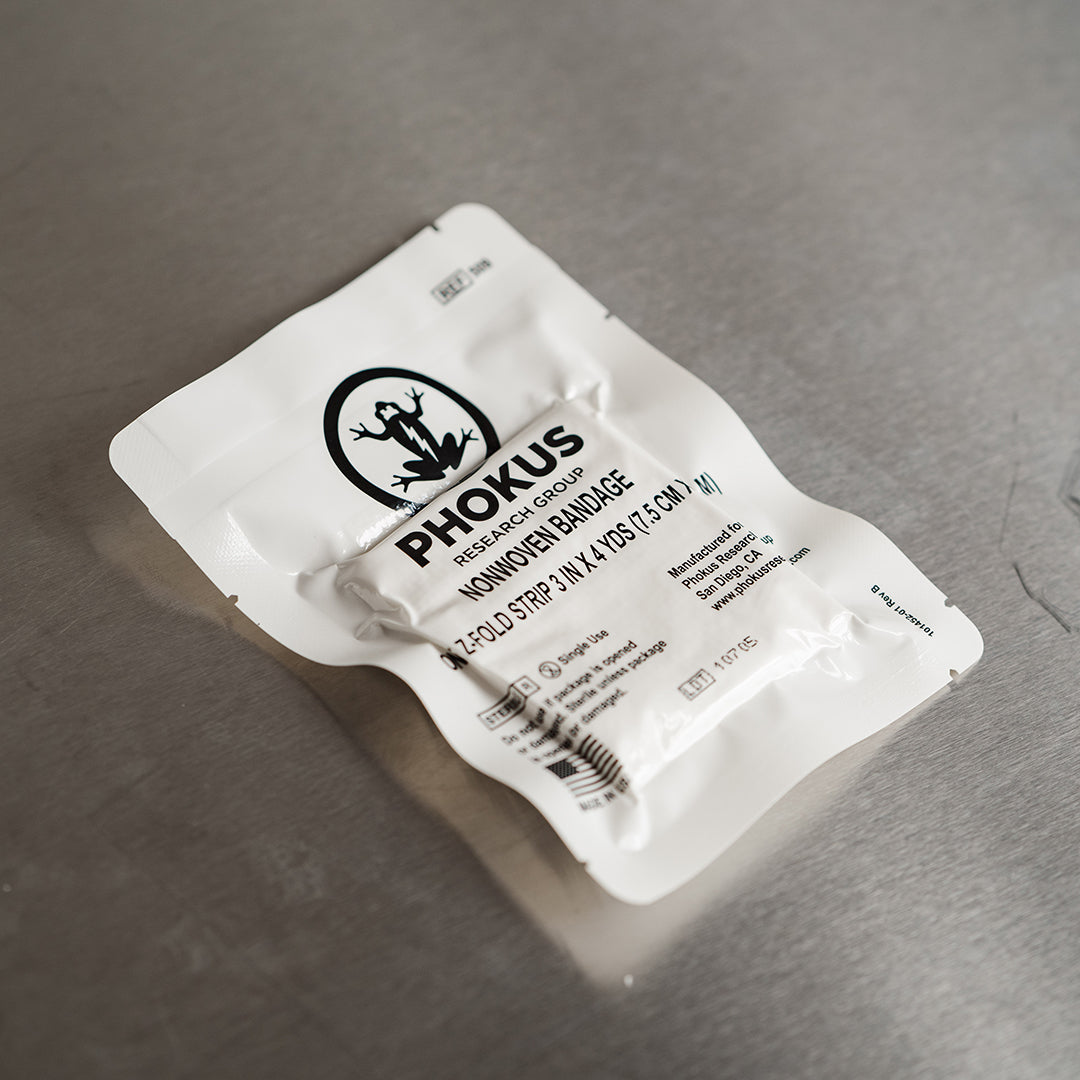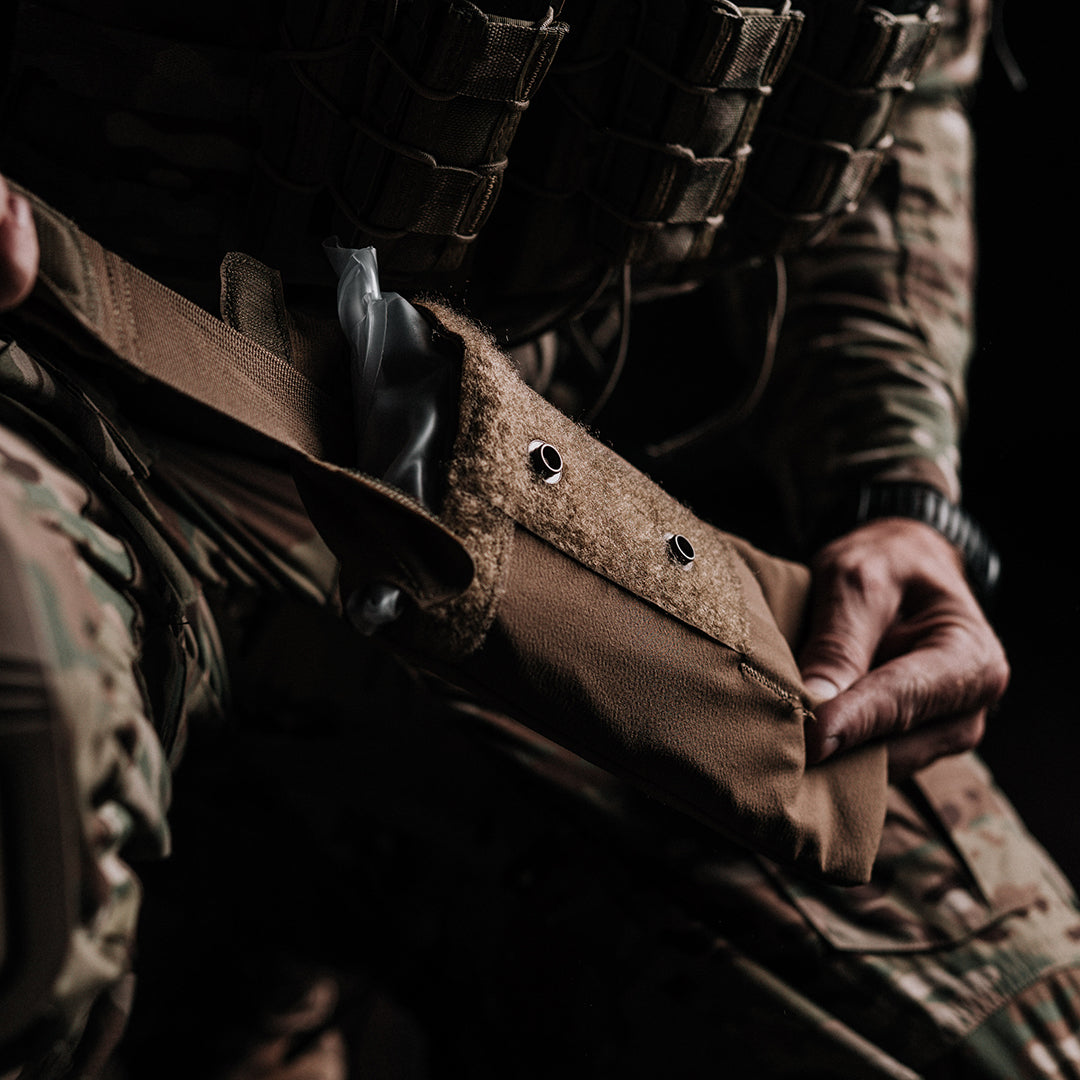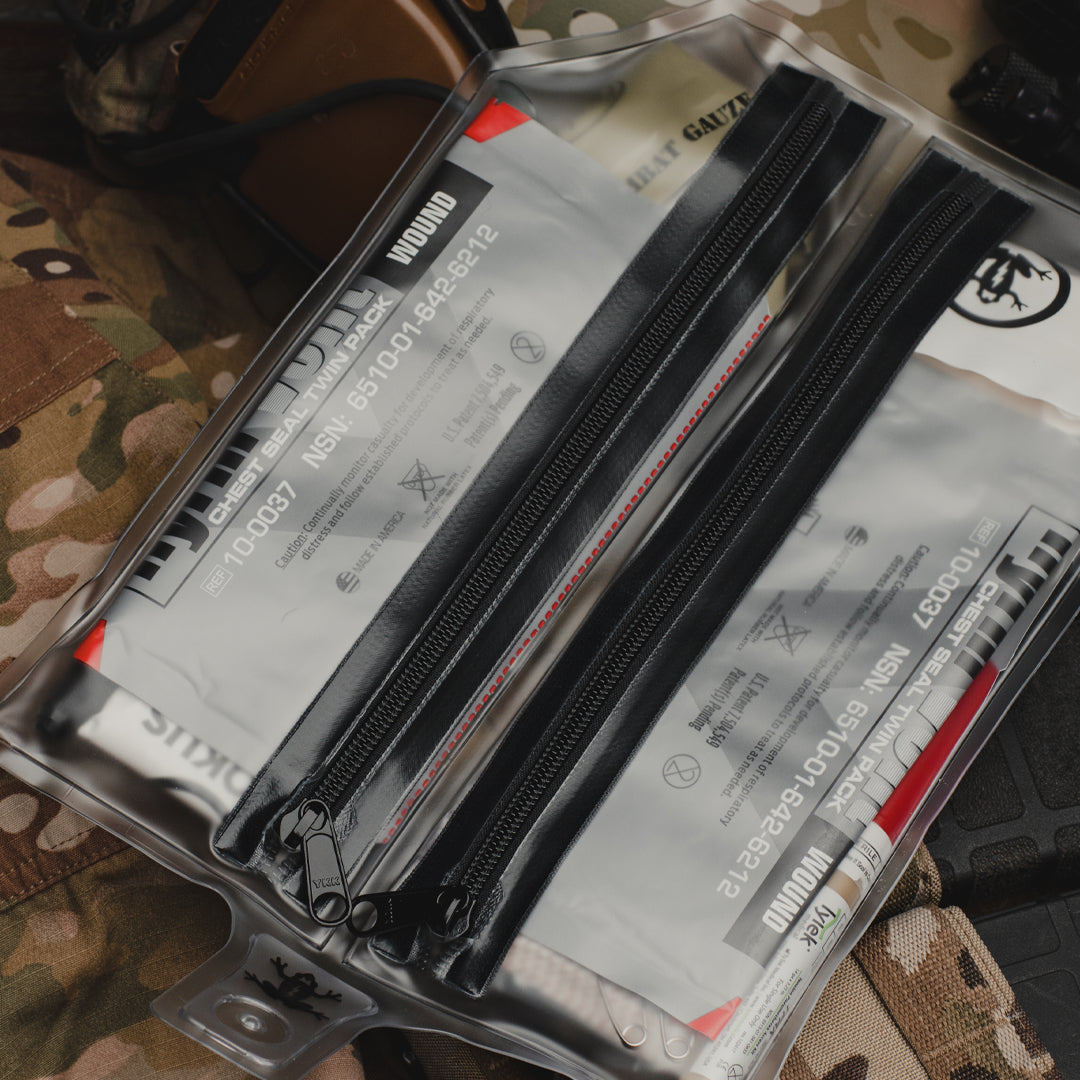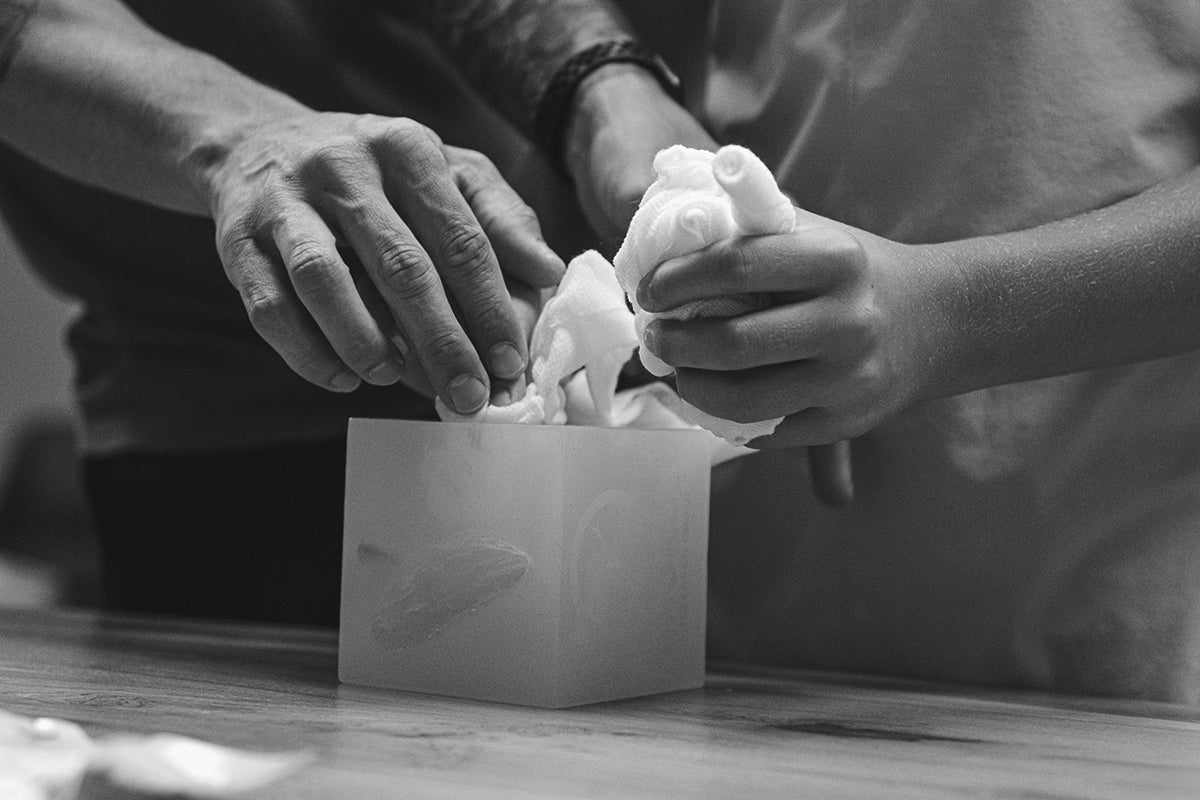Common Misconceptions About Holding Your Favorite Limbs Tight
Ahh, the tourniquet: one of the most basic yet effective lifesaving tools in any human's arsenal against the scourge that is blood loss. The concept of using pressure from a wrap or band is not new. In fact, basic tourniquets of some kind have been around since around 600 B.C. An enterprising fellow named Sushruta, also known as the "father of surgical art and science," compressed exposed arteries (the big blood pipes) with leather pieces that he made himself. The tourniquet was born, and this bumbling baby band of joy has seen action since the heyday of the Holy Roman Empire.
Like most novel ideas, the tourniquet (or T.Q., in shorthand) has not been without controversy. Rome's most famous surgeon, Galen, thought that the tourniquet actually increased bleeding. 1500 years later, this was still the prevalent theory. The addition of a rod (or windlass, if you want to sound fancy) to twist the tourniquet material, creating a tighter level of compression, satisfied the need to stop a traumatic bleed out – but the resistance to the tourniquet persisted, even up to the Gulf War of the early 1990's.
However, this much-maligned device is probably the single most significant reason for history's highest-ever casualty survival rates in both Iraq and Afghanistan. Blood loss from trauma can result in a person's death in as little as 60 seconds, and by supplying and training American and Coalition forces on the use of them.
So, what gives? What is going on when a tourniquet is correctly applied, and do the benefits outweigh the risks? Forge on, dear reader, and prepare for the veil to be lifted from your eyes – enlightenment lies ahead.
Common Myths
Myth #1
Tourniquets actually increase bleeding.
Truth: Nope. A properly applied tourniquet can stop even the heaviest limb bleeds (note I said properly applied). One should ensure they tighten it as much as possible to stop the obvious, rapid arterial bleeding and the slower yet insidious venous bleeding. My rule of thumb (if the thumb isn't what's missing, that is): if it ain't tight, it ain't right. Don't be afraid to make that bad boy squeeze.
Myth #2
Tourniquets are very painful, so if you have applied one to either yourself or someone else, it's ok to loosen it periodically to give "breaks" to the patient.
Truth: Halfway true – tourniquets are excruciating. Putting a constricting band on your limb and tightening until your own blood flow is compromised is going to hurt, and there is no way around that. BUT – and this is a big, big but – one must not, under any circumstance, loosen the tourniquet after applied (unless you are a medical professional!!).
Remember the three P's: Pain is the Patient's Problem. Hurting is reversible – dying from unnecessary blood loss is not. Loosening a tourniquet allows them to lose that much more valuable blood, and believe me – there isn't a way to put it back in. Just leave it be and remember they will forgive you when it's all over (maybe).
Myth #3
Tourniquets will kill your limbs, turn them black, and cause them to fall off.
Truth: Nahhhh… not for our purposes they won't. If you decide to apply a tourniquet and leave it for a couple of days, then sure – kiss your limb goodbye. But tourniquets have been proven to be safe for at least 6 hours after proper application, with no damage to the soft tissues or nerves. Consider this, though: even if a tourniquet results in the damage or loss of a limb – it is infinitely better than being dead. A beautiful limb on a dead body isn't nearly as appealing as a not-so-pretty limb on a living soul.
Myth #4
You should put a tourniquet 2-3 inches above the wound/amputation.
Truth: Forget that. Go HIGH and TIGHT. In a traumatic injury, the limb could be pretty mangled, and trying to find the actual end of the wound may be harder than you think. You also may be in a darkened place and can't actually see the end of the wound. Not to mention your own limbs may be shaking from the adrenaline and shock of the situation. Don't waste time with measurements and analysis – put the tourniquet high into the armpit or groin, make it as tight as you can, and call it a day.
Alright readers, there you have it: the down low on the T.Q. Go forth and constrict those arteries boldly! The meandering medical mind at Phokus Research, signing off.

